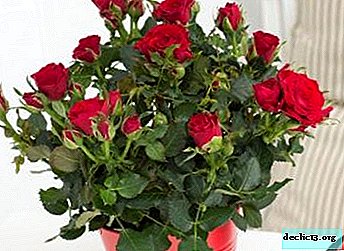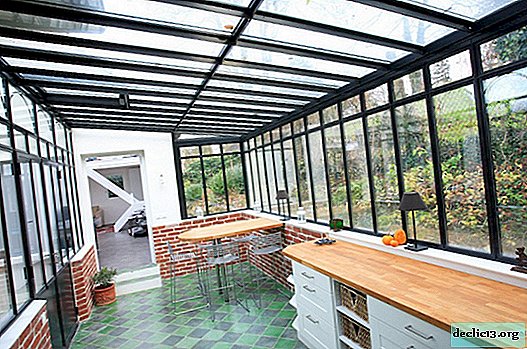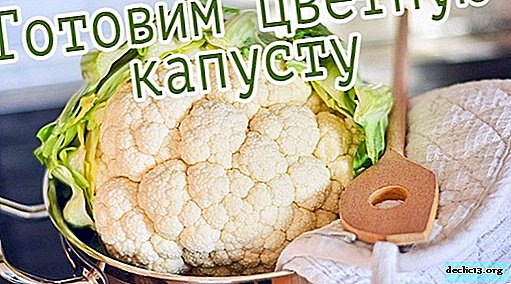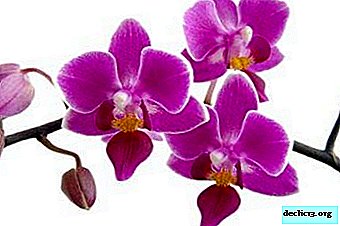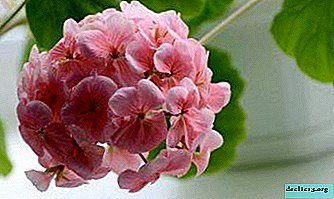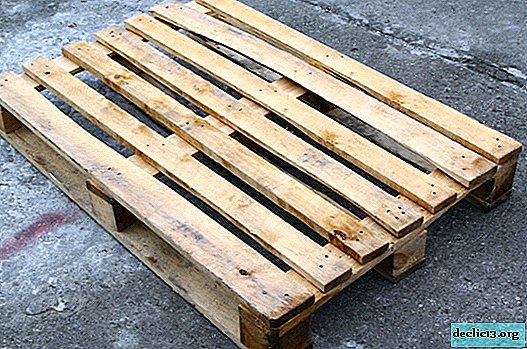Evergreen myrtle in the interior for happiness
Around the Mediterranean myrtle plant there are many legends. Its mention can be found in the bible and other ancient books. The flower symbolizes youth and beauty and in ancient mythology myrtle is associated with the goddess Aphrodite. In ancient Rome, a myrtle wreath was placed on the bride’s head, and the myrtle tree was presented for the wedding, since such a gesture was regarded as a wish for happiness.
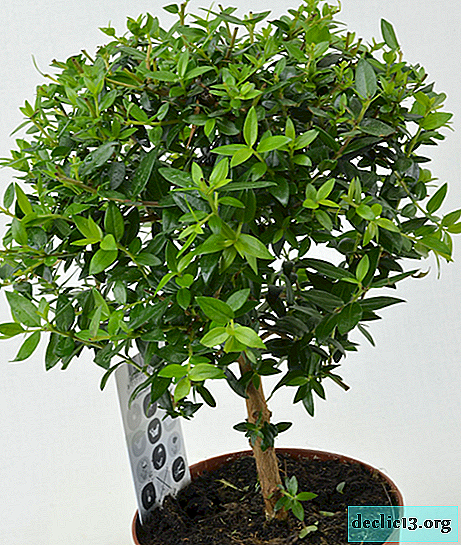
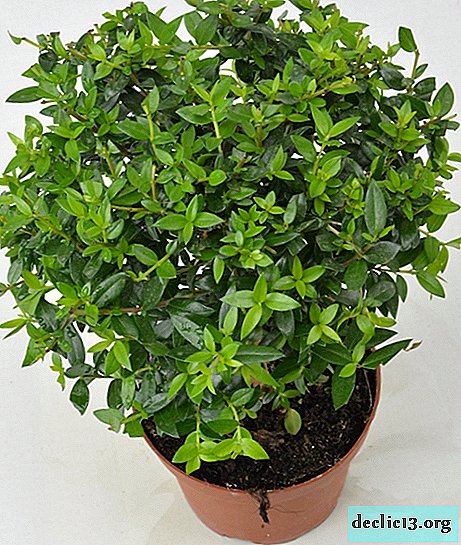
Despite the external modesty, many gorgeous flowers are inferior to the myrtle in aesthetic characteristics. To a greater extent, this effect is achieved thanks to fragrant and shiny leaves. According to legend, Adam brought myrtle out of paradise so that there would be at least one plant from the Garden of Eden on earth.


Plant specific features
Myrtle belongs to the evergreens. Usually it is a stunted tree or shrub. Caring for it requires some skill.


Oval shiny leaves and small white flowers became the decoration of the plant. The fruits of the bush are small dark blue berries. The flowers and dense leaves of myrtle contain a large amount of essential oils. Dried leaves can be used in cooking.


The myrtle bush is well suited for a nursery, as it helps prevent colds and allergic diseases, and the plant itself smells nice.


Myrtle cultivation has been going on for 400 years. The main differences between the varieties are manifested in the color of the berries and the shape of the leaves. Home myrtle is characterized by poor frost resistance, which will not allow them to breed in regions with a cold climate.


One of the most frost-resistant species is the common myrtle - M.communis. This variety can reach up to 3 m in height. It is decorated with shiny dark green leaves. Flowering usually begins in June or July with white small flowers, which later turn into black fruits.


The smaller variety M.communis tarentina is characterized by white berries and narrow leaves. A fully formed bush can be obtained by the end of spring.


Varieties that are suitable for keeping in the room reach a height of 1 m. With a competent approach to caring for the plant, it will live for many years.


The main nuances of caring for myrtle
In the process of caring for myrtle, it is important to monitor the adequacy of watering. This is mainly due to the fact that this shrub comes from the subtropics and therefore it is extremely necessary for moisture. In addition to simple watering, you need to regularly spray the leaves of the plant. The plant will show a lack of moisture by yellowing the leaves, after which it will begin to dry.


For spraying and irrigation, you need to use exclusively standing water at room temperature.


If we talk about watering in the winter, then the regime should be slightly changed. A moderate regimen up to one watering per week will be sufficient. Spraying in the winter is necessary only when the plant stays in the room for the winter.

To achieve optimal lighting, it is better to place a myrtle tree in the southern part of the house or plot. But, in the absence of such an opportunity, the west and the east are also suitable. At the same time, in the middle of the day you should not leave the plant in the sunshine, but if possible cover it from direct rays.


Temperature and humidity also play an important role in the growth and development of a healthy plant. Despite the fact that the place where the shrub is located must be reliably protected from drafts, it is important to take care of the temperature regime.


The optimal range for indoor myrtle is 22-24 gr. Such a plant must sometimes be taken out into the air or ventilated in the room in which it is located.

In winter, 10 grams will be the bottom line. In this case, it is necessary to maintain an optimal level of humidity. It should be especially high in the summer.


Myrtle feeding can be carried out using ready-made complex fertilizers from the category "for flowering plants". In the summer during the active period, the procedure can be carried out weekly. In winter, one feeding a month is enough.


Creating the shape of a myrtle bush with a haircut and pinch
Myrtle bushes perfectly tolerate molding. You can create the desired shape by trimming the extra shoots.


Trim the shoots slowly and systematically. The main thing in this process is regularity. If you cut off too much at once, then you can prevent the appearance of flowers and fruiting.


A competent haircut will stimulate the growth of side shoots. This will help over time to get the most lush and plentifully flowering bush.


For propagation during cutting, from the top of the plant, woody cuttings are removed. They are placed in a special substrate and covered with a glass jar.

Those varieties that are planted in the garden can be given an original shape. This will help to create an unusual landscape design. It should be remembered only that the trunk of the myrtle is too thin and should not be exposed too much.


For a transplant, it is better to choose a winter period. At this time, the plant is at rest and easier to tolerate manipulations. First you need to dry a lump of land. This will help make root extraction easier.


To improve survival, you can treat the roots of the plant with a stimulant. Expanded clay is laid at the bottom of the new pot to provide drainage. After this, you can begin to prepare the substrate.


The best combination for the soil would be 30% peat soil, 30% turf land, as well as 20% humus and river sand. Part of the substrate is poured onto the bottom of the pot into which the bush is placed. The rest is poured on top.


It was considered a good omen, passing a myrtle bush, to break a twig. And when such a wonderful plant is right at home, then prosperity and happiness will be ensured to its owner for many years to come.




